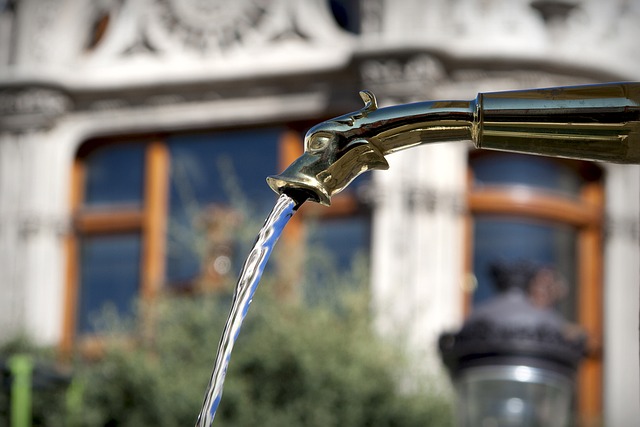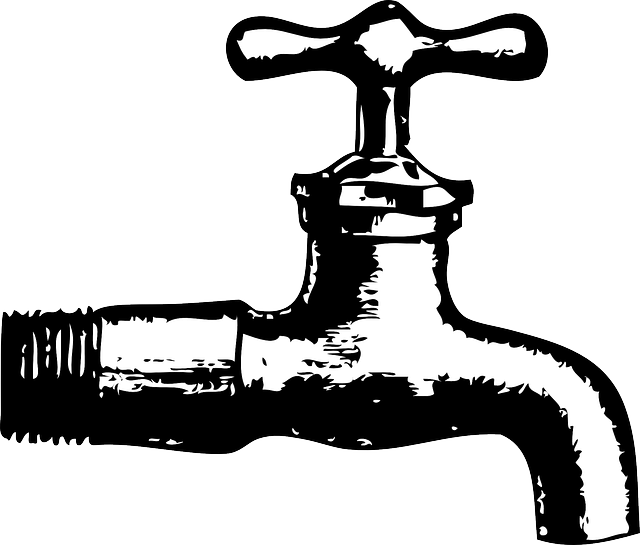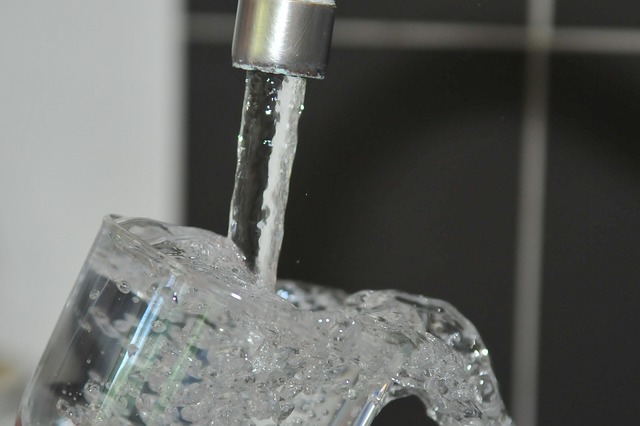A leaky faucet may seem minor but could signal a bigger plumbing problem. Regular inspection identifies common leak signs. Gather essential tools and protective gear before starting repairs, ensuring the water supply is turned off. Disassemble the faucet carefully to replace worn-out components. Locate and shut off your home's main water valves for efficient leak management. Identify the culprit (often worn washers or O-rings) and replace them from a hardware store. Test the fix by turning on the faucet. Avoid common mistakes like not shutting off the supply or using incorrect parts. Regular maintenance, including cleaning routines, prevents leaky faucet fixes.
“Struggling with a leaky faucet? Don’t let this common household issue go unaddressed. Understanding how to fix a dripping faucet is an essential skill that can save you money and prevent unnecessary water waste. In this comprehensive guide, we’ll walk you through the process step-by-step, from identifying the problem to maintaining your fixed faucet. Learn how to gather the right tools, shut off the water supply, disassemble the faucet, locate and replace faulty parts, tighten and test your fix, avoid common mistakes, and discover maintenance tips for future prevention.”
Understanding the Problem: Identifying a Leaky Faucet

A leaky faucet can be more than just an inconvenience; it’s a sign of a potentially bigger plumbing issue. Understanding whether your faucet is truly leaking, and where the problem lies, is the first step to fixing it. A leaky faucet may exhibit water dripping from the head of the faucet, continuous running even when turned off, or noticeable moisture build-up around the base.
Inspecting your faucet regularly can help you identify these signs early on. Once you’ve confirmed a leak, examining the faucet’s components—such as the washer, O-ring, or cartridge—will give you a better idea of the repair process. Many leaky faucets can be easily fixed with simple DIY methods, while others might require professional attention.
Gather Your Tools and Materials

Before tackling any leaky faucet fix, it’s essential to gather the right tools and materials. For most standard faucets, you’ll need a wrench (often an adjustable or plumbing wrench), pliers, and replacement faucet parts such as O-rings, washers, or valve seats. These can usually be found at your local hardware store. Don’t forget protective gear like gloves and safety glasses to shield yourself from debris and potential splashes.
Make sure the water supply is turned off before beginning any repairs. This prevents accidents and ensures you work with a dry faucet. Once everything is prepared, you’ll want to carefully disassemble the faucet, identifying each part and its function. This knowledge will make it easier to replace worn-out components, ultimately stopping that pesky leaky faucet fix.
Shutting Off the Water Supply

Before attempting any repairs, shutting off the water supply is a crucial step in the leaky faucet fix process. Most homes have two main shut-off valves—one for hot water and one for cold water—typically located near the main water line or in the basement. Turning these valves clockwise will stop the water flow to the entire house, including the leaky faucet. This simple action prevents any further wastage of water during the repair process.
Identifying and understanding your home’s shut-off valves is essential for efficient leak management. Once the water supply is cut off, you can safely proceed with disassembling the faucet, replacing worn-out parts, and ensuring a proper seal to stop the drip. Properly addressing a leaky faucet not only conserves water but also prevents potential damage caused by continuous water leakage.
Disassembling the Faucet

When addressing a leaky faucet, disassembling it is often the first step in the repair process. This allows for a thorough inspection of the internal components and identification of any worn-out parts that may need replacing. Start by turning off the water supply valves located under the sink to prevent water from flowing during the disassembly. Next, remove the faucet handle and the decorative cap to access the cartridge or valve assembly. Depending on your faucet’s design, you might use a wrench or screwdriver for this task.
Once the outer parts are removed, carefully take apart the internal mechanism. This typically involves unscrewing or popping off various parts, such as O-rings, seals, and springs. Properly identifying each component is key to understanding how they contribute to the leaky faucet fix. Take note of their positions and condition before setting them aside for cleaning or replacement.
Locating and Replacing the Faulty Parts

When tackling a leaky faucet fix, understanding where the problem lies is half the battle won. Start by locating the main water supply valves beneath the sink, often found on one side. Turn off the shut-off valves clockwise to stop the water flow. Next, inspect the faucet itself. The most common culprit for a leaky faucet fix is a worn-out or damaged washer or O-ring inside the faucet’s spout. These parts are relatively easy to replace and can usually be found in your local hardware store.
Once identified, disassemble the faucet according to its design. This may involve unscrewing the handle or removing the faucet head. With the pieces apart, you can now compare them with new replacement parts, ensuring you get the exact matches. Then, simply install the new washer or O-ring and reassemble the faucet. Remember, a leaky faucet fix is often a quick and straightforward process that can save you money on your water bills and prevent unnecessary wastage.
Tightening and Testing the Fix

Once you’ve securely fastened the new washer or O-ring, it’s time to test your leaky faucet fix. Turn on the faucet and observe if water leaks at the joint where the handle meets the spout. If there are no leaks, congratulations! Your leaky faucet fix is a success.
If water still drips, don’t be discouraged. It could mean that the washer or O-ring isn’t seated correctly. Tighten the parts again using pliers if necessary, ensuring they’re securely in place. Sometimes, a slight adjustment can make all the difference in stopping a leaky faucet fix from failing.
Common Mistakes to Avoid

When attempting a leaky faucet fix, it’s easy to make common mistakes that prolong the issue or even cause further damage. One of the biggest blunders is failing to turn off the water supply completely before starting repairs. This can lead to continued dripping and potential flooding while you work. Another frequent error is not properly identifying the type of faucet you have, as different designs require distinct repair techniques. Using the wrong approach or tools can result in damaged parts or an incomplete fix.
Additionally, attempting DIY repairs without proper knowledge or tools can be frustrating and ineffective. Skimping on quality replacement parts or using subpar fixtures is another mistake that may seem cost-effective initially but often leads to future leaks and additional expenses. Always prioritize precision, using the right tools and parts designed for your specific faucet type, and follow repair instructions carefully to avoid these pitfalls in your leaky faucet fix.
Maintenance Tips for Future Prevention

Regular maintenance is key in preventing future leaky faucet fixes. Start by periodically checking all faucets for any signs of leaks or unusual sounds. Addressing issues early can prevent minor problems from escalating into major repairs.
Consider making cleaning a routine part of your plumbing maintenance regimen. Calcium and mineral buildup on aerators and fixtures can contribute to water leakage. Regularly removing these deposits with vinegar or specialized cleaning solutions can help prolong the life of your faucets, reducing the need for leaky faucet fixes over time.
